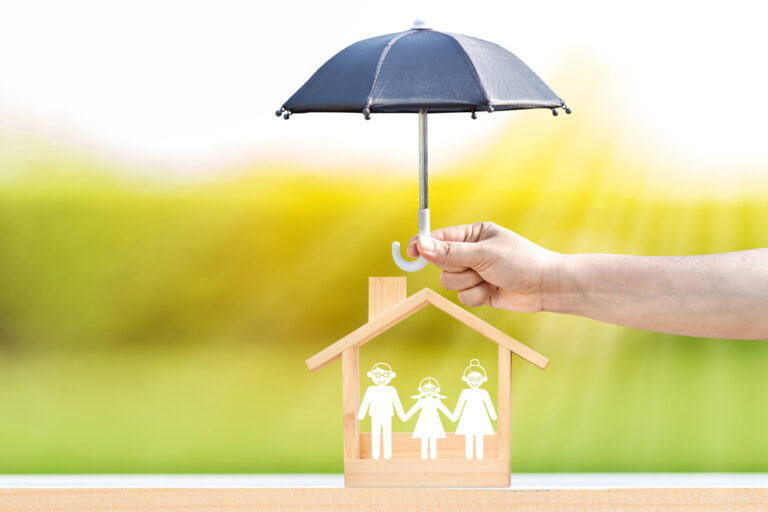by Krystal MCKENZIE
Generally speaking, Bermudians know how to keep themselves safe during a hurricane. Tracking the storm well in advance and making preparations are key to safety. But sometimes, it’s hard to know whether to stay home during a storm or seek shelter elsewhere. How do you decide where to go, what to do and how to weigh your evacuation options for this kind of natural disaster? What factors do you have to consider?
First, it’s important to know the difference between a hurricane “watch” and “warning.” A hurricane watch means hurricane conditions are possible in a stated area. A hurricane warning is more serious. It means hurricane-force winds are expected in a stated area. Experts issue these warnings as far in advance before tropical-storm-force winds are expected in the area to give people enough time to prepare for the storm.
The Emergency Measures Organization (EMO) will inform the public if they feel certain parts of the island should be evacuated. There’s been examples of people whose homes are right on the North or South Shore who have been advised to seek shelter elsewhere (or at least get to the highest point in the structure) to avoid the storm surge.
According to AccuWeather, which provides weather forecasting services worldwide, if severe weather is expected and a person or family has the time and resources to evacuate, they’re urged to leave as soon as possible. Take your emergency go kit and evacuate far out of the path of the storm so that you aren’t impacted by high winds, rain, flooding or other dangerous conditions.
There may be times, however, when the EMO or its related affiliates advise people to seek shelter where they are. During those scenarios, experts say the safest location to be is in the interior area of the building that’s surrounded by walls and is not close to any windows. That’s because glass on most homes can break quickly. Even if the storm isn’t severe, winds can turn any object into projectiles. Projectiles can include anything that’s laying around outside, like tree branches that have broken off or yard furniture. Areas like bathrooms or closets are typically the best options for sheltering inside a home for avoiding flying debris, which is a major source of injuries during a hurricane.
Whether you decide to evacuate or are able to shelter in place, the Centers for Disease Control and Prevention provides the following advice:
IF YOU NEED TO EVACUATE:
- In advance, locate the nearest shelter and identify various routes on how you can get there from your home. Then, if you have to evacuate, you’ll know where to go and which route to take.
- Grab your emergency supply kit, which you will have prepared in advance, and only take what you really need with you.
- Unplug your appliances. If you have time, turn off the gas, electricity and water.
- Follow the roads and instructions issued by the EMO to safely get to an emergency shelter.
IF YOU NEED TO STAY HOME:
- Keep your emergency supply kit in a place you can easily access.
- Listen to the radio or TV for updates on the hurricane.
- Stay inside. Even if it looks calm, don’t go outside. Wait until you hear or see an official message that the hurricane is over. Sometimes, weather gets calm in the middle of a storm but then quickly gets bad again.
- Stay away from windows—you could get hurt by pieces of broken glass or flying debris during a storm. Stay in a room with no windows or go inside a closet.
- Be ready to leave. If emergency authorities order you to leave or if your home is damaged, you may need to go to a shelter or a neighbour’s house.

